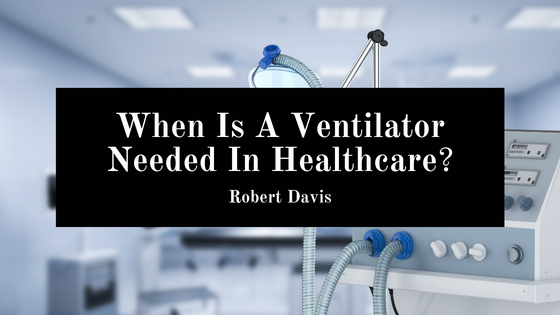A Ventilator is a piece of equipment that is commonly used in the healthcare field. It has a variety of crucial functions that can help when a person needs elevated healthcare treatments. To better understand when a ventilator is needed, it is important to look at what it is first.
What Is A Ventilator?
A ventilator is a medical device that can help a person with impaired respiratory function recover. It can deliver oxygen to the windpipe through a tube inserted into the mouth. It is a vital medical device that may be used to help with a variety of major health concerns.
When May It Be Used?
Surgery
During a general anesthesia procedure, the body’s muscles are temporarily paralyzed. Without a ventilator to assist breathing, it would be impossible for patients to breathe properly.
While patients are on the ventilator, a drug is administered to stop the effects of an anesthetic. They can then breathe on their own once the medication has stopped working. In most cases, a person is removed from the ventilator following the surgery.
After Surgery
Some procedures require patients to remain on a ventilator for several hours following surgery. For instance, people undergoing open heart surgery are placed on a ventilator until their breathing improves. They are not provided with drugs to stop the anesthesia, and the medication can wear off on its own.
Elevated Illnesses
When respiratory illnesses like COVID-19 worsen, a ventilator may be needed. ARDS is a type of condition that makes breathing difficult in people. The air sacs in their lungs can also fill with fluid. A ventilator may be needed for patients with a respiratory illness if they’re not breathing properly or stopping breathing completely.
When patients’ oxygen saturation falls below 90%, they may need supplemental oxygen. This usually happens through tubes that are inserted into their nostrils. Mechanical ventilation is only used for patients with severe respiratory problems.
Other health issues that could lead to a need for a ventilator could include asthma, pneumonia, drug overdose, brain injury, or a lung infection. While this is not an exhaustive list, it does indicate the need for ventilators in health emergencies.
